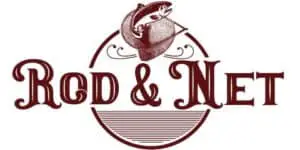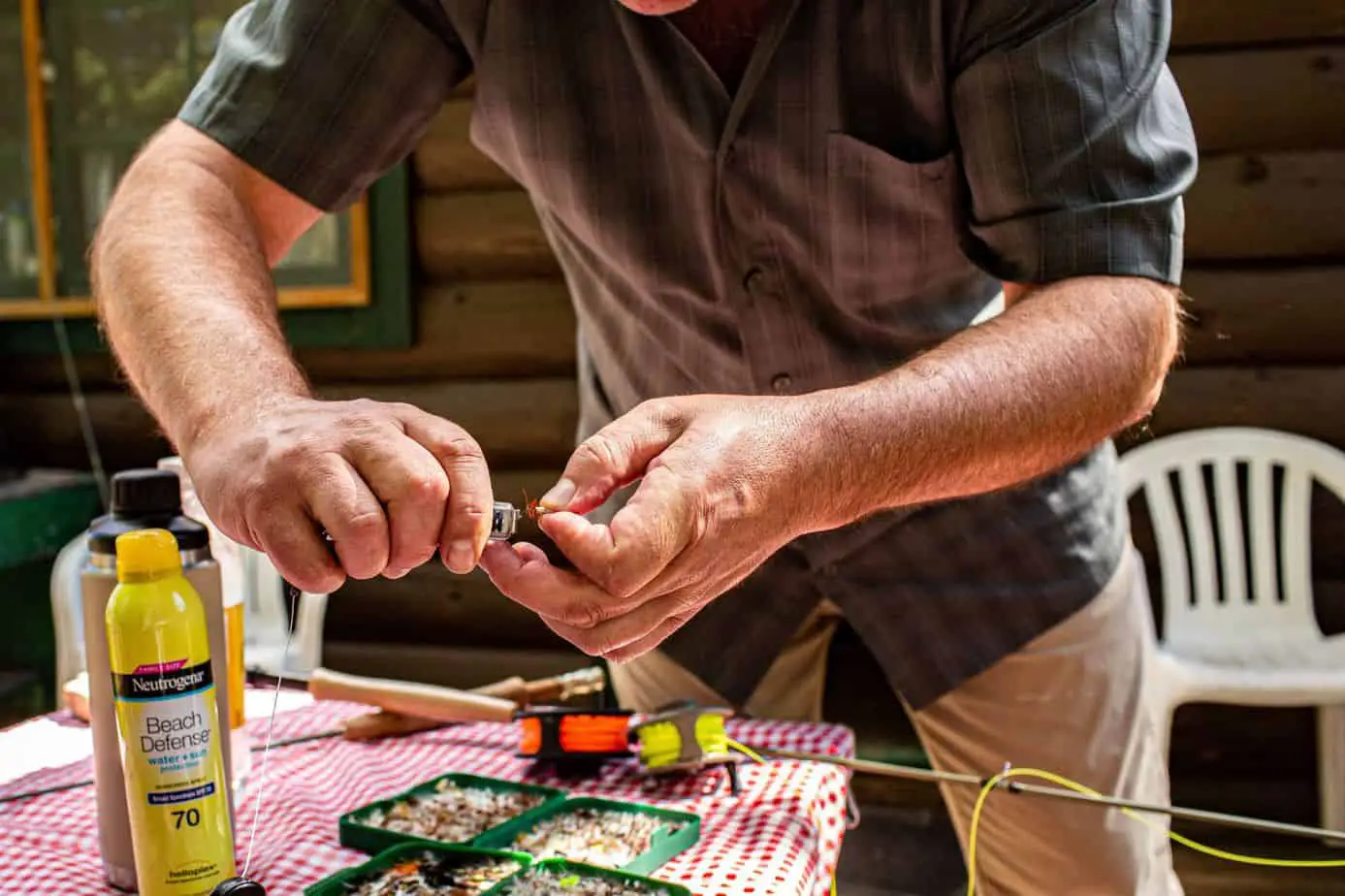There are many different pieces of the puzzle in fly fishing needed to deliver results. Especially when nymphing, strike indicators are super helpful tools that can make your next fly fishing excursion far more successful.
Bite indicators are there to give you a view of what is happening under the water. Because nymphs are below the surface, you can’t see when a fish strikes the fly, unlike dry flies. Yes, you can feel it, but you often feel it after it is too late. So, using a strike indicator will increase the number of hookups you can have.
Strike indicators are very popular amongst fly fishers, and there is a good-sized market around this piece of equipment. There are various styles and sizes that all focus on different scenarios you may find yourself in.
Here is a breakdown of the types of indicators, what situations they should be used in, and some of the market’s best brands.
Cork
We will start this list with cork indicators because they were the first that hit the market. Because cork has been around forever, this was a commonly-used material throughout the 1900s.
Cork is extremely buoyant, which is why it was used so much in the old days. Since then, technology has been surpassed by many newer indicators, but they can still be used. Plus, they are affordable because there aren’t any fancy parts or materials involved.
These don’t tend to be the preferred indicators right now, but they are still found and are still great tools.
Cork indicators are quite versatile because of their buoyancy, so there aren’t many situations where they shouldn’t be used. When the water is choppy, bigger cork indicators can be great, so you can still see them, and the nymph will stay where you want it to. They come in various sizes, and you should upscale the size depending on the water quality. If the water is calm, keep it small and light not to impact the water’s surface.
Yarn or Wool
One of the most popular indicators in the world right now is the yarn or wool indicator. These are exactly what they sound like. These are little strips of fabric that are highly visible and great for when you want to keep it lightweight. These are the lightest bit indicators on the entire list.
With many other indicators, the added weight creates a different balance to the rig, which can throw off your cast. Often, you will have to adjust your cast to account for said weight. This usually isn’t the case with yarn indicators because there is virtually no added weight.
Other indicators also cause a disturbance when hitting the water. This may be the yarn indicator’s most significant selling point. There is almost no impact on the surface when the rig hits the water. This is a significant aspect to consider because this will allow you to fish shallow water and target finicky fish much easier.
The weight makes it perfect for calm, slow-moving water. When the water gets choppier and quicker, these aren’t the best as the visibility will suffer.
You also have to keep in mind how heavy your nymph is. Heavy nymphs will not work with these indicators because they are not strong enough to stay above the water. If the indicator is pulled under the water, there is no point in having an indicator at all!
Foam Footballs
Foam football indicators are now the most popular and commonly used across the board. This is for several reasons.
The first reason to use a foam football is its buoyancy. These are very buoyant because the foam is densely packed and holds enough air inside to keep up even the heaviest nymphs. This is really important to keep in mind. With foam football indicators, there aren’t too many situations where they shouldn’t be used.
These are best for deep water with a strong current. Because of its extreme buoyancy, it can handle a heavier nymph deep into the water column. If you are in a lake or a river with deep pockets and the fish you are targeting are there, this is a great indicator.
This is because the footballs will cause a disturbance on the surface. So, clear, shallow water usually isn’t the best place to throw one of these.
Another added perk is its affordability. You can buy multipacks of these indicators so you can replace them whenever you need to.
Bubble
In other fishing styles, a strike indicator is usually known as a bobber. These are little plastic balls that float on the surface and bob when a fish bites. Fly fishing’s closest comparison to a traditional bobber is the bubble indicator.
It is called a bubble because it is a plastic sphere that holds in air like a bubble. The original version of this style is a balloon. You may still meet anglers who use balloons, but they were passed by technology a while ago.
Of all of these indicators, this one probably makes the biggest splash when entering the water. Unlike the yarn model, these will not enter the water without causing some disruption. You can manage this impact by using the right size for the job.
The sizes of bubble bite indicators vary, so you can pick out whatever size you need depending on your nymph and your situation. This makes this indicator great for several scenarios because you can simply scale up or scale down the size depending on the water’s depth and clarity. If the water is shallow, grab a smaller one, and vice versa.

Dry Fly
The final and most interesting fly fishing bite indicator on this list is a dry fly. Now, this isn’t your typical indicator, but it can get the job done. Whether it is by design or if you are in a pinch, you can use a dry fly as a bite indicator.
There is a reason why bite indicators have their own section of the fly fishing market. Indicators have particular purposes and do a great job of carrying out their intentions. However, there are certain occasions where you may want to go without a traditional indicator and mix it up a little bit.
This can be done with a dry fly. Dry flies float and are used in the traditional fly fishing practice. When nymphing, nymphs are completely different, so the dry flies are usually packed away and left at home.
Instead of not using them at all, you can tie on your heaviest dry fly in the place of a traditional indicator. You will want to use a relatively large one because it will need to be buoyant enough not to get drug under the water.
So, the combination of a heavy dry fly, a light nymph, and calm water can make a perfect storm.
Plus, the dry fly indicator will have a hook on it. So, not only is it keeping your nymph in the right spot, but it is offering an additional chance that a trout or other fish can swoop in and take a bite.
By the way, there are all kinds of flys available. For more info, read “Different Types of Fly Fishing Flies.”
Conclusion
If you’re new to nymphing, it is a good idea to use a strike indicator. It will help your timing with setting the hook. Getting comfortable with a strike indicator can be the difference between a trophy catch and going home empty-handed.
If you want some additional information on indicators, read “Fly Fishing With An Indicator.”


